NCLAT Chennai Bench: Tribunal Dismisses Review Application Seeking Recall of Order
In a recent decision, the National Company Law Appellate Tribunal (NCLAT), Chennai Bench, comprising of Justice M. Venugopal, Justice Sharad Kumar Sharma, and Shri Jatindranath Swain, delivered a significant verdict regarding the jurisdiction of tribunals in recalling orders. The case in question, titled Adv. (CA) V. Venkata Sivakumar v Hari S. Hari Karthik & Ors., … Continue reading “NCLAT Chennai Bench: Tribunal Dismisses Review Application Seeking Recall of Order”

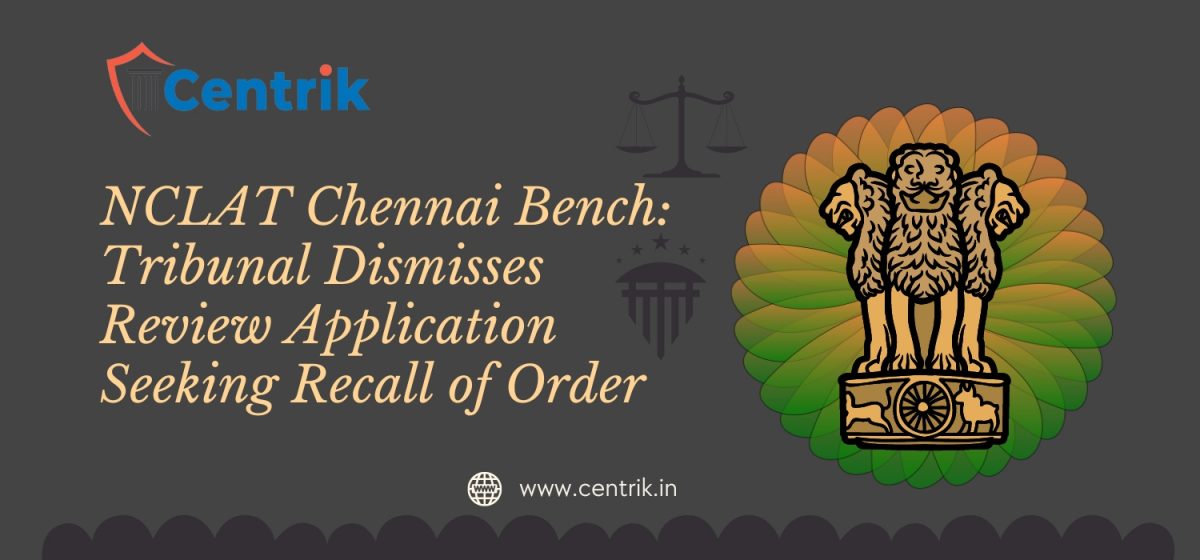

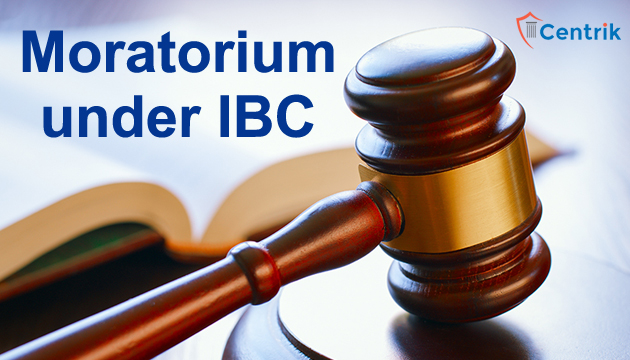
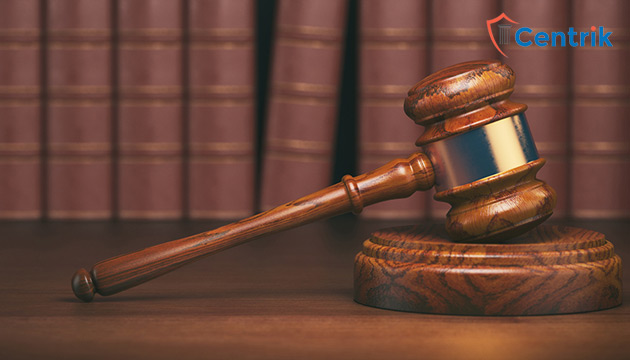
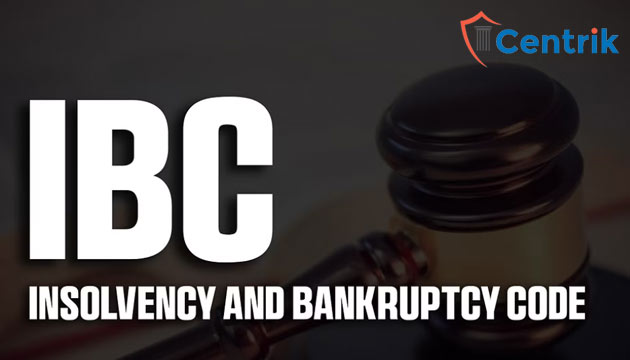
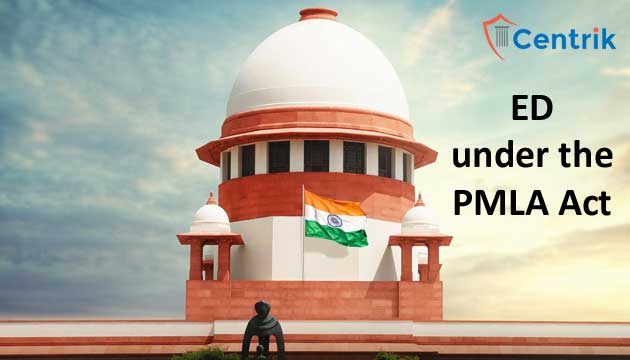
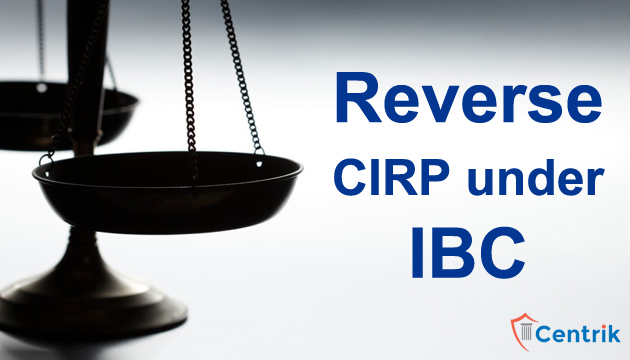

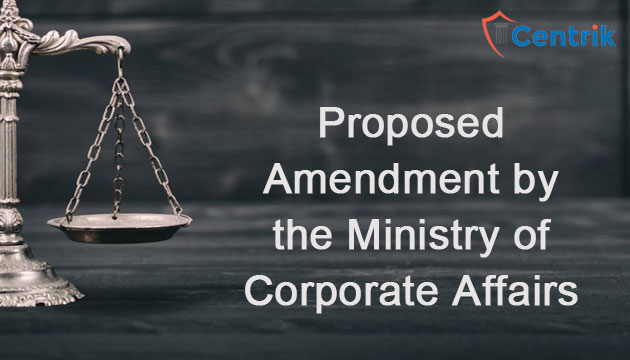




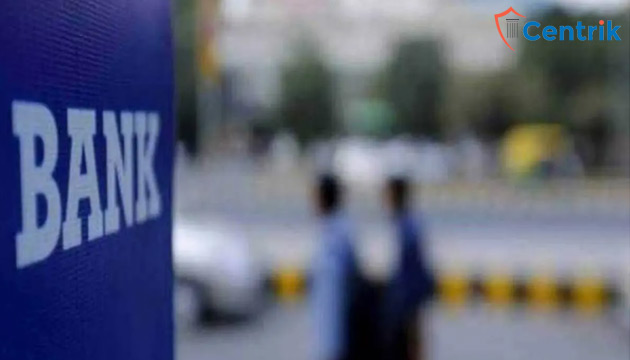
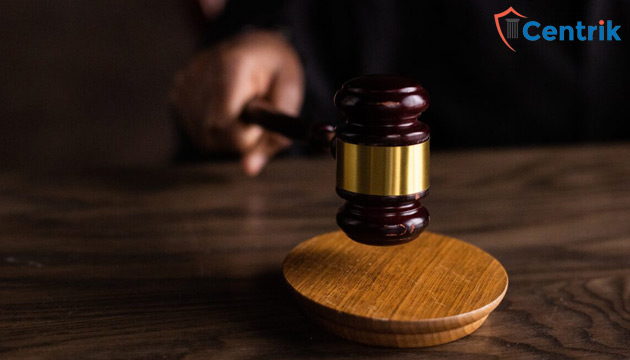
 join For Updates
join For Updates